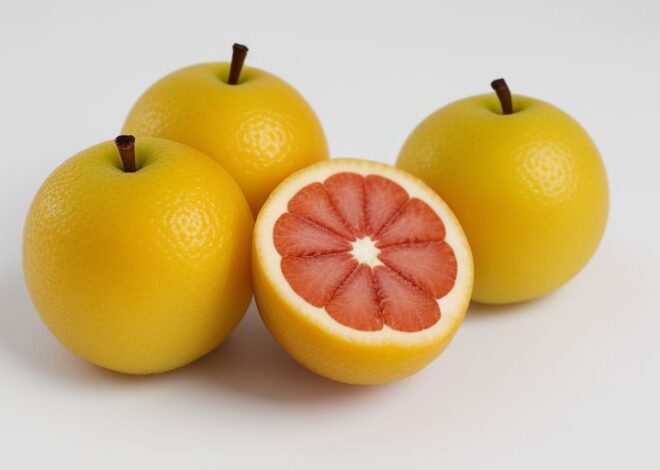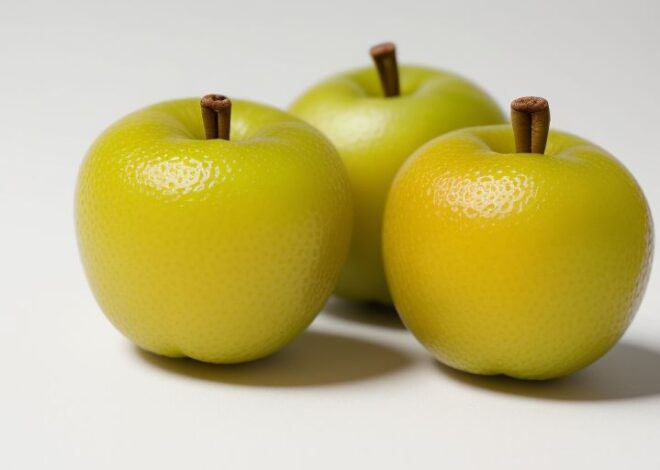
Galia melon
Introduction
Galia melon, also known as Sarda or Kharbouzeh, is a type of melon that belongs to the Cucurbitaceae family. It is a hybrid of the cantaloupe and honeydew melon, and is characterized by its sweet and refreshing flavor, making it a popular fruit among many cultures around the world.
Etymology
The name “Galia” is derived from the Hebrew word “galia” (גליה), meaning “wave” or “ripple,” which refers to the fruit’s distinctive netted skin.
Description
Galia melons are round or oval in shape, with a smooth, netted skin that ranges in color from yellow to cream. The flesh is pale green or white, with a sweet and juicy pulp. The fruit typically weighs between 1-2 kg, and has a sweet, musky aroma.
Taxonomy and Cultivars
Galia melon is a hybrid of the cantaloupe (Cucumis melo var. cantalupensis) and honeydew melon (Cucumis melo var. inodorus). It is classified as Cucumis melo var. galia. There are several cultivars of Galia melon, including ‘Galia’, ‘Sarda’, and ‘Kharbouzeh’.
Distribution and Habitat
Galia melons are grown in many parts of the world, including the Middle East, Europe, and Asia. They prefer a warm and dry climate, with full sun and well-drained soil.
Cultivation
Galia melons are grown on a vine, and require a trellis or other support to grow. They are typically planted in the spring, after the last frost, and are harvested in the summer.
Production and Uses
Galia melons are widely cultivated and consumed in many parts of the world. They are eaten fresh, used in salads, and made into juice and smoothies.
Phytochemistry
Galia melons contain a range of phytochemicals, including vitamin C, vitamin A, and potassium. They also contain antioxidants and anti-inflammatory compounds.
Flavor
Galia melons are known for their sweet and refreshing flavor, which is often described as a combination of cantaloupe and honeydew.
Toxicity
Galia melons are generally safe to eat, but may cause allergic reactions in some individuals.
Nutrition
Galia melons are a good source of vitamin C, vitamin A, and potassium. They are also low in calories and high in water content, making them a refreshing and healthy snack.
Culture
Galia melons have a rich cultural significance in many parts of the world. In Israel, they are considered a national fruit, and are often served as a refreshing snack during the summer months.
Tables
| Nutrient | Amount (per 100g) |
|---|---|
| Vitamin C | 30mg |
| Vitamin A | 10mg |
| Potassium | 150mg |
| Calories | 30 |
| Water content | 90% |
Quotes
- “Galia melon is a refreshing and sweet fruit that is perfect for hot summer days.” – Israeli chef, Yotam Ottolenghi
- “Galia melon is a staple in our household, we eat it every day during the summer.” – Palestinian farmer, Amal Khamis
In conclusion, Galia melon is a delicious and refreshing fruit that is rich in history, culture, and nutrients. Its sweet and juicy pulp makes it a popular snack among many cultures around the world. Whether eaten fresh, used in salads, or made into juice and smoothies, Galia melon is a fruit that is sure to delight!


